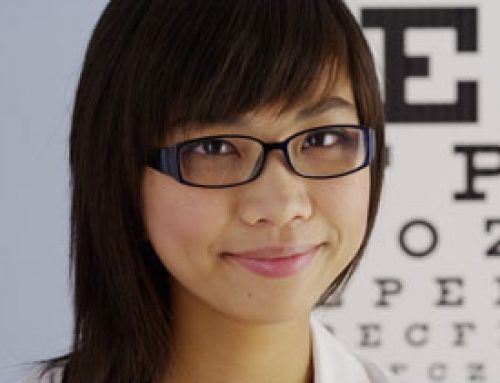What is a telescope?
Telescopes are low vision aids and, or devices that magnify distance objects. Telescopes are used for low vision patients who have distance goals or tasks such as seeing signs, objects, people, sight seeing, or events (sporting events, theatre, plays, and others.)
There are two main types of telescopes:
1. Galilean

Galilean telescope. Offers bright images, easy to use. Great device for seeing distance objects, signs, people.
– These telescopes tend to be smaller and lighter in size
– Maximizes light to the patient’s eyes
– Focusing is very simple
– Generally, shorter training time is required
– Low cost vs Keplerian telescopes
2. Keplerian

Keplerian telescope. Offers high magnification while minimizing distortions. Great device for seeing distance objects, signs, people.
– These telescopes are usually larger and heavier in size
– Focusing is more difficult, patient needs to be precise and longer training time is required
– Excellent magnification while minimizing distortions!
– Higher cost vs Galilean telescopes
Combination telescopes:
1. Head Borne Telescope
– Most are made by using two Galilean telescopes
– Has all of the advantages of Galilean telescopes
– Excellent device for stationary activities, tasks such as seeing sports event, theatre, and more.
– Below are Tasca telescopes (Dr. Jennifer Tasca)

Head Borne telescope. Great binocular telescope that is used for stationary activities or tasks. Very good ease of use.
2. Bioptic Telescope

Ocutech Mini Bioptic. Simple design and easy to use.
– Bioptic = two different types of optics (telescope and glasses prescription portion)
– Can either use a Galilean or Keplerian telescope; with the advantages and disadvantages of both
– Excellent for mobile tasks
– In most US states, may be used for Driving and to qualify for the vision requirements in driving
*Please note an extensive evaluation and process should be in place with your Low Vision Specialist before investing in these devices
3. Binoculars
– The most common, but least used low vision aid
– Great for binocular conditions
– For monocular patients, the weight is too troublesome to be a reliable option
For more information about How Telescopes can help you reach out to our office: Invision Eye Care. We have two convenient locations:
- 567 S Chickasaw Trl, Orlando, FL; Phone (407) 930-5566
- 1130 S Semoran Blvd, STE F, Orlando, FL; Phone (407) 930-5567
Dr. Anthony Huynh is a residency trained low vision specialist in Central Florida, the City of Orlando in Orange County.
*Images are from preferred partners Eschenbach and Ocutech.


